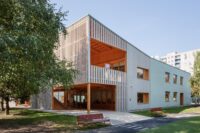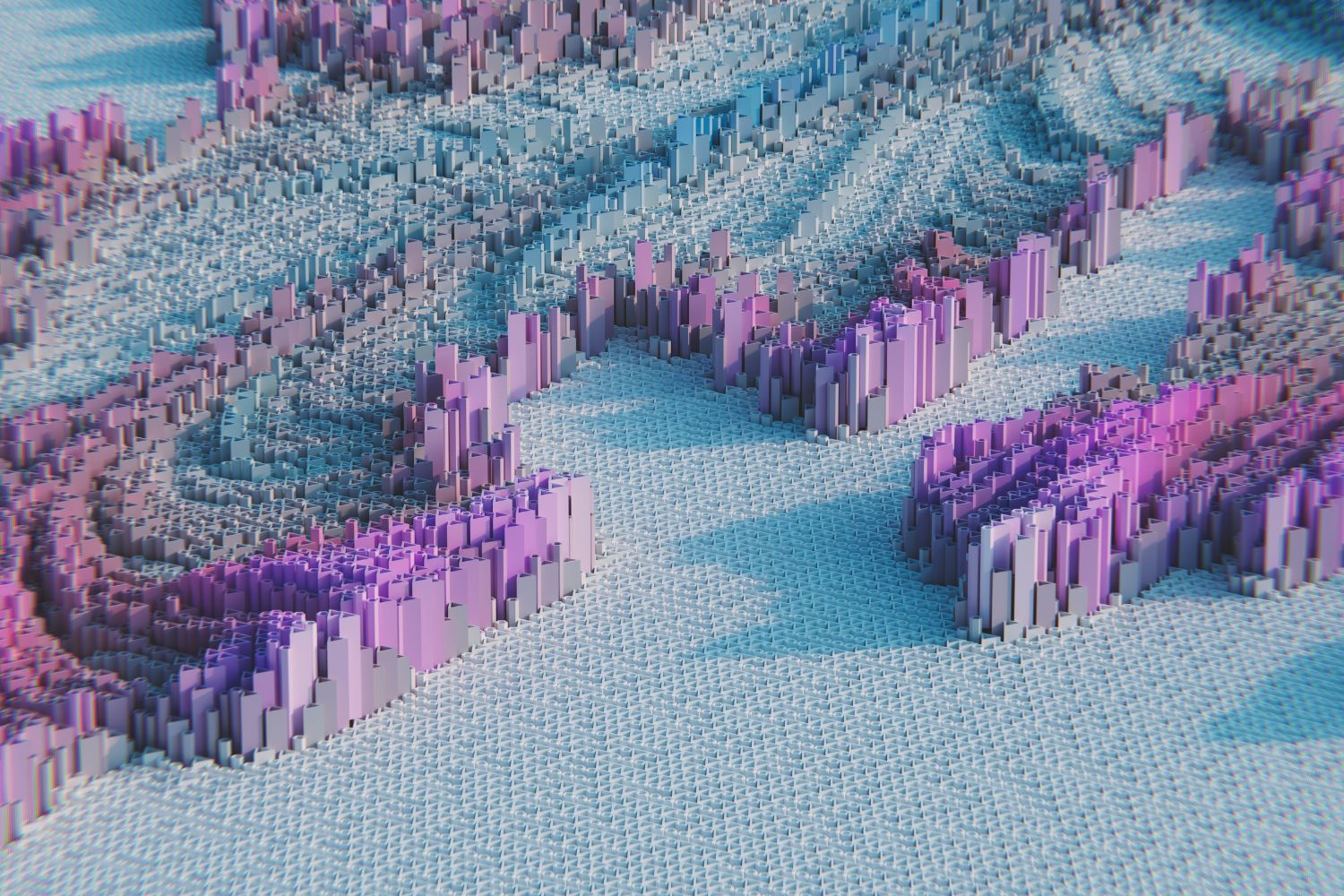- Home
- Articles
- Architectural Portfolio
- Architectral Presentation
- Inspirational Stories
- Architecture News
- Visualization
- BIM Industry
- Facade Design
- Parametric Design
- Career
- Landscape Architecture
- Construction
- Artificial Intelligence
- Sketching
- Design Softwares
- Diagrams
- Writing
- Architectural Tips
- Sustainability
- Courses
- Concept
- Technology
- History & Heritage
- Future of Architecture
- Guides & How-To
- Art & Culture
- Projects
- Interior Design
- Competitions
- Jobs
- Store
- Tools
- More
- Home
- Articles
- Architectural Portfolio
- Architectral Presentation
- Inspirational Stories
- Architecture News
- Visualization
- BIM Industry
- Facade Design
- Parametric Design
- Career
- Landscape Architecture
- Construction
- Artificial Intelligence
- Sketching
- Design Softwares
- Diagrams
- Writing
- Architectural Tips
- Sustainability
- Courses
- Concept
- Technology
- History & Heritage
- Future of Architecture
- Guides & How-To
- Art & Culture
- Projects
- Interior Design
- Competitions
- Jobs
- Store
- Tools
- More
Exploring Architecture and the Metaverse: Innovative Virtual Space Design
Explore how the metaverse is revolutionizing architecture by offering architects a boundless canvas to craft immersive, innovative spaces that defy physical norms. Delve into the unique blend of sustainability, cultural preservation, and cutting-edge technology like VR and AR, shaping the future of virtual environments.

As we stand on the brink of a digital revolution, the intersection of architecture and the metaverse is reshaping how we perceive and design spaces. In this new virtual frontier, architects aren’t just building structures; they’re crafting immersive experiences that transcend physical boundaries. The metaverse offers us a canvas where creativity knows no limits, allowing for innovative designs that challenge traditional norms.
Our journey into the metaverse presents unique opportunities and challenges for architects. In this digital landscape, the rules of physics bend, offering endless possibilities for experimentation and innovation. We can explore how these virtual spaces impact our daily lives and redefine our interactions with environments. As we delve deeper into this fascinating blend of technology and design, we’ll uncover how architects are pioneering a new era of spatial creativity, shaping the future of how we live, work, and play in the virtual world.

Table of Contents
ToggleUnderstanding Architecture in the Metaverse
Architecture in the metaverse expands the boundaries of design by leveraging digital tools. Virtual environments allow us to challenge gravity, scale, and material constraints, offering endless possibilities for creating unique spaces. Designers can focus on aesthetics and functionality without being tied to physical limitations. For instance, a virtual building could incorporate floating structures or dynamic walls that change according to user interactions, enhancing the user experience.
Digital architecture fosters collaboration among architects, developers, and users. In the metaverse, real-time changes and adjustments to designs can be made based on feedback. This collaborative approach enhances creativity and improves the final output, ensuring spaces meet diverse needs. Virtual reality headsets and augmented reality applications facilitate this interaction, allowing stakeholders to visualize changes instantly.
Sustainability becomes a prominent feature of metaverse architecture. There’s no need for physical resources, reducing environmental impact significantly. We can experiment with sustainable designs like energy-efficient layouts or virtual green spaces without the traditional costs and constraints associated with physical construction. This emphasis on sustainability complements the increasing demand for eco-friendly practices in architecture.
Metaverse platforms provide a canvas for cultural and historical expression. Designers replicate historic landmarks or create culturally significant spaces, fostering global connectivity and learning. By experiencing these virtual spaces, users gain a deeper understanding of cultural heritage, bridging geographical gaps. These spaces can be used for educational purposes or simply to preserve important elements of human history in a digital format.
The Role of Virtual Spaces
Virtual spaces in the metaverse create new possibilities in design and user interaction. They’re central to evolving how users perceive digital environments and engage within them.
Importance of Design in Virtual Spaces
Design in virtual spaces shapes user perception and functionality. It allows architects to transcend physical limitations and innovatively reimagine environments. We leverage digital tools to experiment with unique geometry and dynamic elements, prioritizing both aesthetics and interactivity. These designs foster creativity while considering accessibility and navigability, ensuring users of all abilities can seamlessly interact with the space.
Impact on User Experience
User experience is profoundly influenced by virtual architecture. Immersive spaces in the metaverse offer adaptable and responsive environments, significantly enhancing engagement. By incorporating intuitive navigation and engaging visuals, virtual spaces can evoke emotional responses and facilitate a sense of presence. This interaction elevates user satisfaction and fosters deeper connections within digital communities.

Tools and Technologies for Designing Virtual Spaces
Designing virtual spaces in the metaverse integrates advanced technologies to craft innovative environments. The use of these tools enhances creativity and expands possibilities.
Virtual Reality and Augmented Reality
Virtual Reality (VR) and Augmented Reality (AR) are core technologies in metaverse design. VR immerses users in entirely digital environments, offering a sense of presence by simulating physical spaces. It’s crucial for architects who need to visualize projects in a purely virtual setting. AR, on the other hand, overlays digital elements onto the real world. This capability allows us to blend physical and digital realms, facilitating design presentations and alterations in real-time. By using VR and AR, we can evaluate spatial dynamics and refine elements before development.
3D Modeling Software
3D modeling software serves as a foundation for creating intricate virtual spaces. Programs like Blender and Autodesk Maya enable us to design complex geometries with precision. These tools allow manipulation of form and structure, enabling designers to push traditional boundaries. Integrating such software into the design process results in detailed, scalable models fit for the metaverse. This technology also supports collaborative design, as models can be shared and modified in real-time, optimizing workflow and innovation.

Challenges in Designing Metaverse Architecture
Designing architecture in the metaverse presents unique challenges that mirror its boundless potential.
Technical Limitations
Metaverse architecture faces significant technical limitations that impact the design and functionality of virtual spaces. Network latency can disrupt real-time interactions, making seamless collaboration difficult. High-resolution graphics demand considerable processing power, which can limit access for users with less advanced devices. File size constraints further complicate the integration of detailed elements within virtual environments. These challenges require innovative solutions to maintain user engagement and experience quality.
User Accessibility Considerations
Ensuring user accessibility in metaverse architecture poses vital challenges that affect user engagement. Diverse user abilities necessitate inclusive design features, such as adaptable navigation tools and customizable interfaces. Internet connectivity disparities might restrict access for users in areas with limited bandwidth. Developing multilingual support and providing varied interaction methods can enhance global inclusivity. Addressing these considerations ensures a diverse audience can fully engage with virtual spaces.

Future Prospects of Virtual Architecture
Virtual architecture promises a dynamic evolution in design as the metaverse advances. Rapid technological advancements and user-centric design approaches fuel new possibilities in virtual spaces.
Innovations and Trends
Cutting-edge technologies shape metaverse architecture by pushing design boundaries and encouraging innovative solutions. The rise of Artificial Intelligence (AI) complements architectural creativity, allowing the automation of design tasks and modeling complex structures efficiently. Parametric design tools, used by architects to generate adaptable forms, create responsive virtual environments that can change based on user interactions. Furthermore, blockchain technology introduces decentralized virtual marketplaces, enabling architects to sell and manage virtual assets securely. These trends not only redefine architecture but also create immersive, interactive, and economically viable virtual settings.
Potential Developments
Key developments revolve around integrating user feedback and enhancing immersive experiences. Virtual reality platforms explore the potential of multi-sensory environments, offering rich interactions beyond visual and auditory stimuli. Haptic feedback technology adds tactile sensations, enhancing user immersion and realism. Additionally, we see potential in scalable virtual urban planning where community-driven designs shape metaverse cities. This collaborative approach fosters a sense of belonging and identity among users. As technology evolves, metaverse architecture might incorporate personalized AI companions and interactive AI-driven elements, customizing user experiences in real-time based on personal preferences and behaviors.
Conclusion
The metaverse significantly transforms architecture, empowering architects to push creative boundaries and reimagine space in innovative ways. By leveraging advanced technologies like VR, AR, and 3D modeling software, designers build immersive environments that transcend traditional physical limitations. These virtual spaces enhance user experiences, promote sustainability, and facilitate global connectivity, redefining how we live, work, and play.
Balancing creativity with technical challenges, such as network latency and accessibility, is critical. Solutions like AI-driven tools and customizable interfaces help ensure broad engagement. Furthermore, the infusion of blockchain technology enhances the security of digital assets, paving the way for advanced virtual developments.
In this evolving digital landscape, metaverse architecture not only reshapes design but also fosters a deeper connection between users and their environments. As technology advances, architects will continue to explore new possibilities, driving innovation and crafting experiences that resonate across diverse digital communities.
- 3D metaverse environments
- Digital space design
- Futuristic architecture design
- Immersive architecture
- Innovative virtual design
- Metaverse architecture services
- Metaverse building design
- Metaverse design company
- Metaverse space design
- Virtual architecture design
- Virtual environment design
- Virtual Reality Architecture
- Virtual reality spaces
- VR architecture firm
Submit your architectural projects
Follow these steps for submission your project. Submission FormLatest Posts
10 Interesting Facts About Zaha Hadid
Zaha Hadid was a visionary architect whose fluid forms, bold experimentation, and...
Online 3D Terrain Mapping Tools for Urban and Landscape Design in 2025
A curated guide to the best online 3D terrain mapping tools in...
Common Emergency Repairs Every Homeowner Should Be Ready For
For most of us, when something goes wrong, we have a propensity...
Designing, Retrofitting, and Valuing Non-Standard Homes in Britain
Britain’s housing stock carries a quiet contradiction. From the street, many homes...












Leave a comment